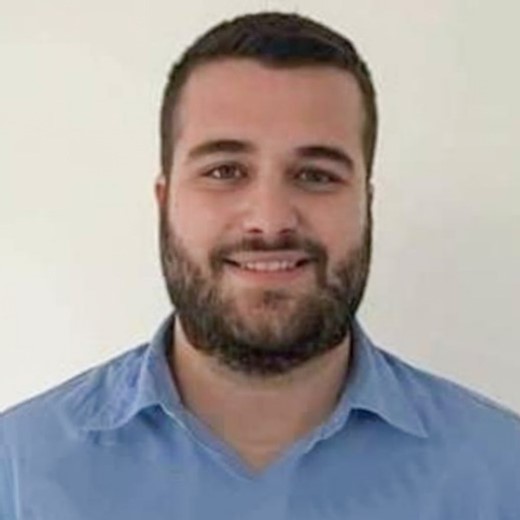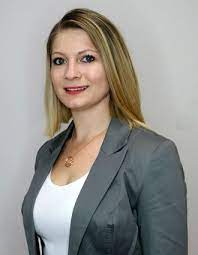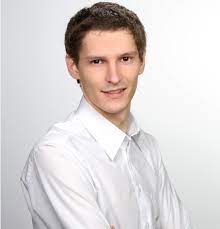|
SAS/NASLIBS Award
This award is for the Best Paper Published in Applied Spectroscopy on Laser Induced Breakdown Spectroscopy
2023 Recipients
“Femtosecond Single-Pulse and Orthogonal Double-Pulse Laser-Induced Breakdown Spectroscopy (LIBS): Femtogram Mass Detection and Chemical Imaging with Micrometer Spatial Resolution”, Applied Spectroscopy Volume 76 Issue 8 Page(s) 926-936

Johannes D. Pedarnig
Johanned Pedarnig received a Ph.D. in Physics from the Ludwig-Maximilians-Universität (LMU) in Munich / Germany under the supervision of Prof. Ted W. Hänsch (Ted Hänsch received the Nobel Prize in Physics in 2005). Johannes then joined the Johannes Kepler University JKU Linz as postdoctoral researcher to investigate laser-matter interaction processes in the research group of Prof. Dieter Bäuerle. Johannes is associate Professor at JKU Linz in the Institute of Applied Physics and his research group is applying optical spectroscopy for the element analysis of complex materials. Techniques include laserinduced breakdown spectroscopy (LIBS) and different kinds of optical absorption and emission spectroscopies. A further research topic of his group is the pulsed-laser deposition of functional oxide thin films. Johannes is author and co-author of more than 130 research papers and he has organized the 8th Euro-Mediterranean Symposium on LaserInduced Breakdown Spectroscopy. He is cooperating with different industries to apply LIBS in industrial processes.
 Nikolaos Giannakaris
Nikolaos Giannakaris
Nikolaos Giannakaris is a Ph.D. student in Engineering at the Applied Physics Institute at Johannes Kepler University (JKU) in Linz/Austria under the supervision of Assoc. Prof. Dr. Johannes D. Pedarnig.
 Anna Haider
Anna Haider
 Stefan Grünberger
Stefan Grünberger
Stefan Grünberger was born in Austria and began his career as a scientist at the Johannes Kepler University (JKU) in Linz, close to his hometown. Throughout his studies, he remained devoted to the Institute of Applied Physics and the esteemed group leader Prof. Dr. Johannes D. Pedarnig.
NOT PICTURED
Christoph M. Ahamer studied Technical Physics at the Johannes Kepler University JKU Linz, Austria, and investigated industrial oxide materials by calibration-free laser-induced breakdown spectroscopy (CF-LIBS). He received a PhD degree in technical sciences from JKU Linz working on femtosecond-LIBS with high spatial resolution. Christoph has published his results in several papers in international journals
Stefan Trautner was also an author on this award-winning paper
Past RecipientS
2022 Not awarded
2021 Daniel Diaz, Alejandro Molino Ochoa and David Hahn, “Laser-Induced Breakdown Spectroscopy and Principal Component Analysis for the Classification of Spectra from Gold-Bearing Ores”, Applied Spectroscopy Volume 74 Issue 1 Page(s) 42-54
2020 Anupam K. Misra, Tayro E. Acosta-Maeda, John N. Porter, Genesis Berlanga, Dalton Muchow, Shiv K. Sharma, and Brian Chee, “A Two Components Approach for Long Range Remote Raman and Laser-Induced Breakdown (LIBS) Spectroscopy Using Low Laser Pulse Energy”; Applied Spectroscopy, Vol. 73, 3.
2019 Ammon Williams and Supathorn Phongikaroon, "Laser-Induced Breakdown Spectroscopy (LIBS) Measurement of Uranium in Molten Salt", Applied Spectroscopy. 2018 Jul; Vol 72 (7): pp 1029-1039.
2018 S. Michael Angel, Patrick D. Barnett, and Nirmal Lamsal, “Standoff Laser-Induced Breakdown Spectroscopy (LIBS) Using a Miniature Wide Field of View Spatial Heterodyne Spectrometer with Sub-Microsteradian Collection Optics” Applied Spectroscopy, Vol. 71 (4): pp 583-590.
%20(1).png)
